What causes bags and wrinkles under the eyes?
Eyelid skin is the thinnest and most delicate skin in our entire body. With the inevitable effects of aging, sun exposure, and factors related to heredity, the collagen and elastin fibers that grant support and suppleness to the lower eyelid begin to fragment and break down, causing folds and wrinkles underneath the eyes. Also, the orbital septum – a delicate tissue membrane separating skin and muscle from fat deposits in the eye socket – loses its strength, allowing the fat to prolapse forward and create under-eye bags and puffiness.
Another cause of puffy and saggy eyelids is the weakening of the tendons located on the outer corner of the eyes (lateral canthal tendons). Under normal conditions, these sturdy anatomical structures provide eyelid support and help preserve the eyelids’ blinking mechanism. Unfortunately, with time, the tendons become weak, allowing the eyelids to sag under the weight of the cheek and fine wrinkles to appear under the eyes.


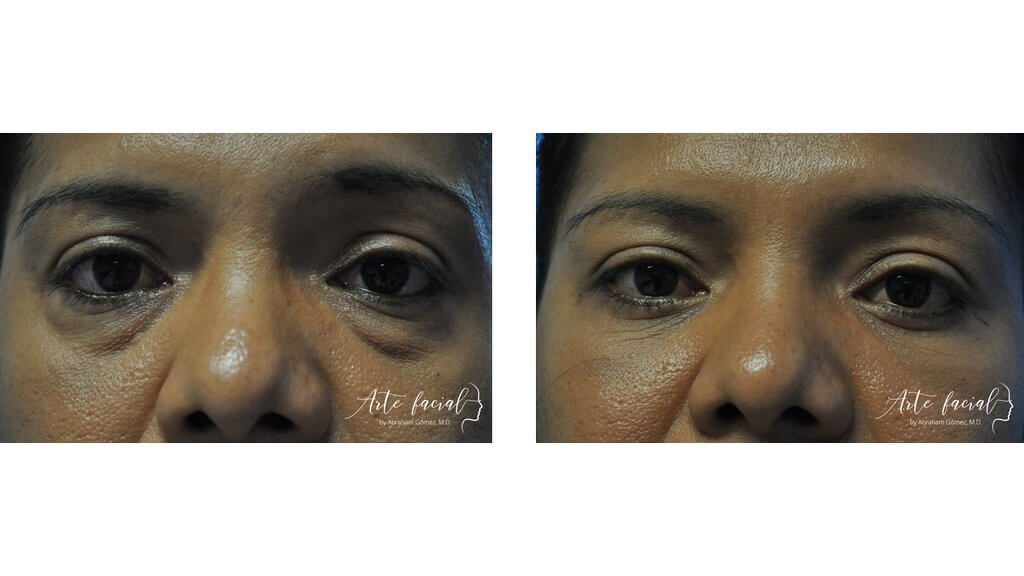
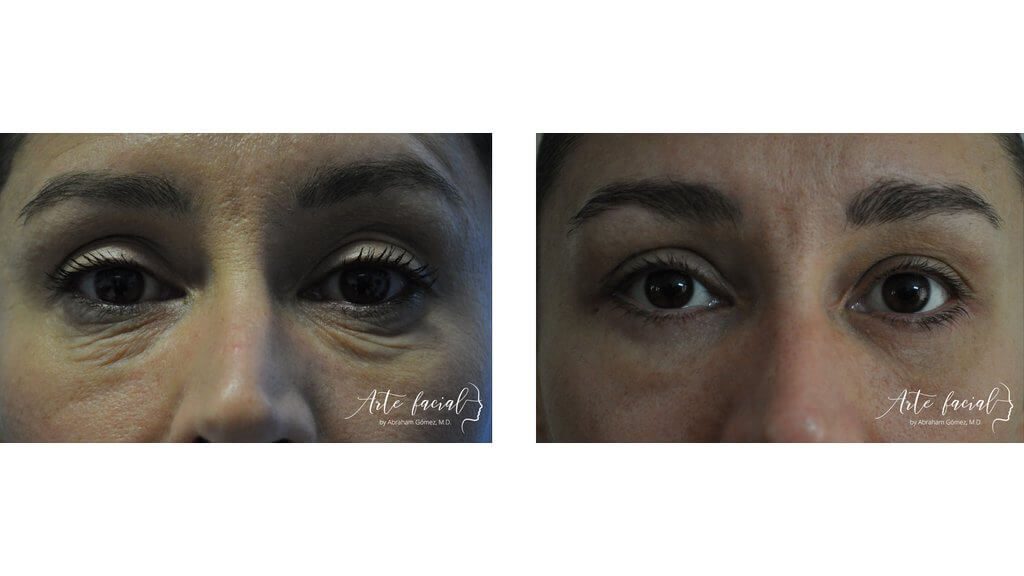
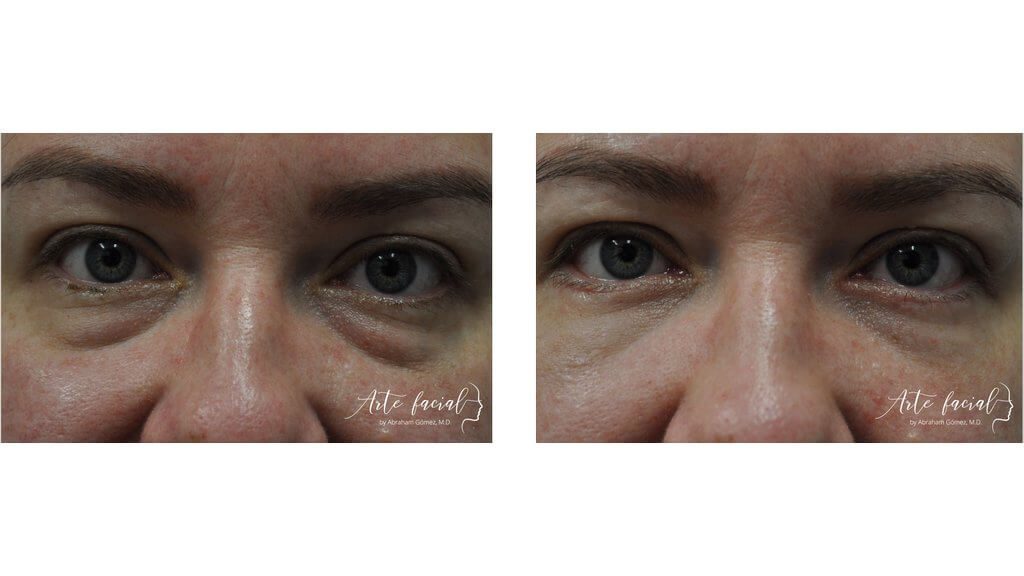
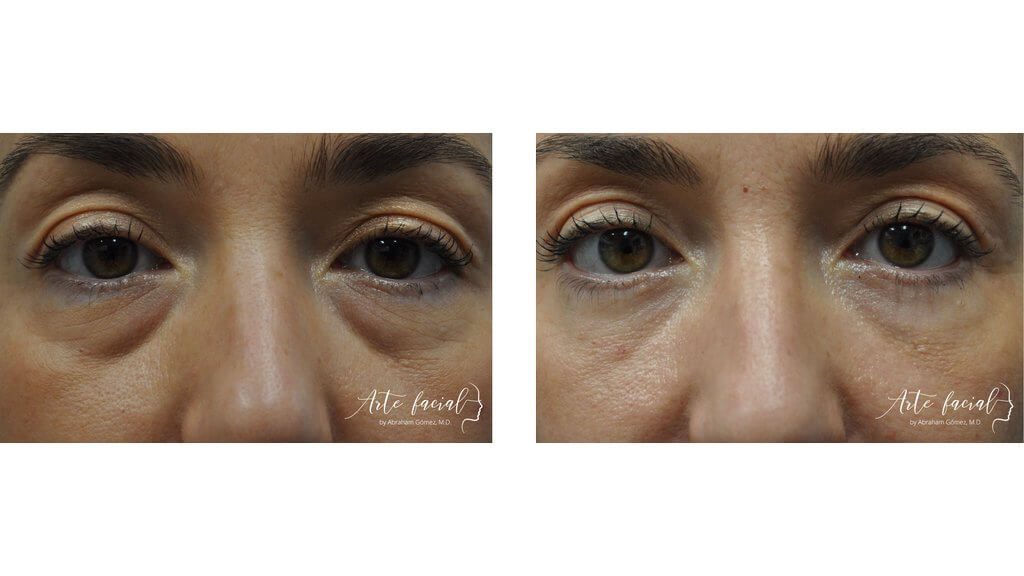
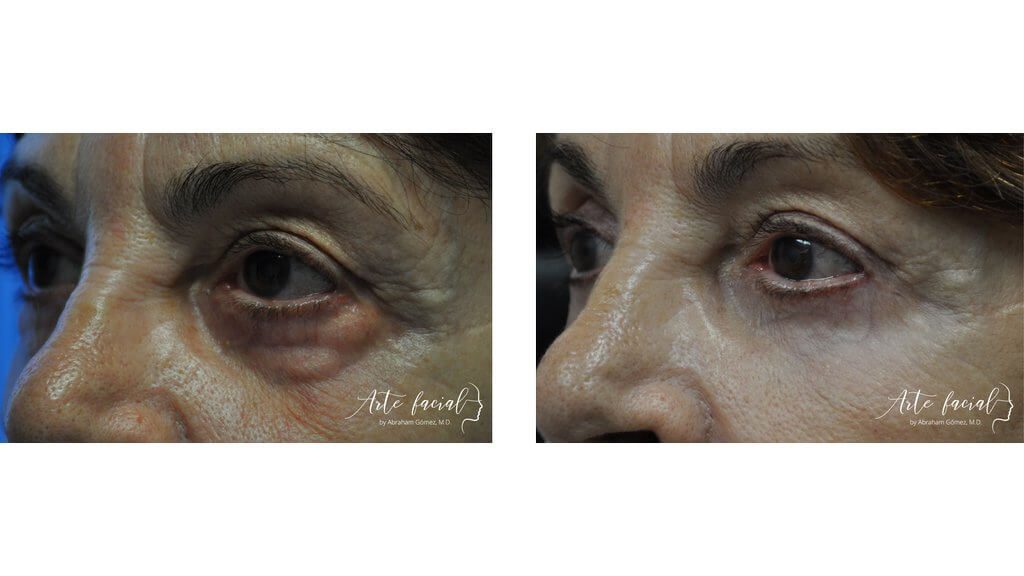


 |
|